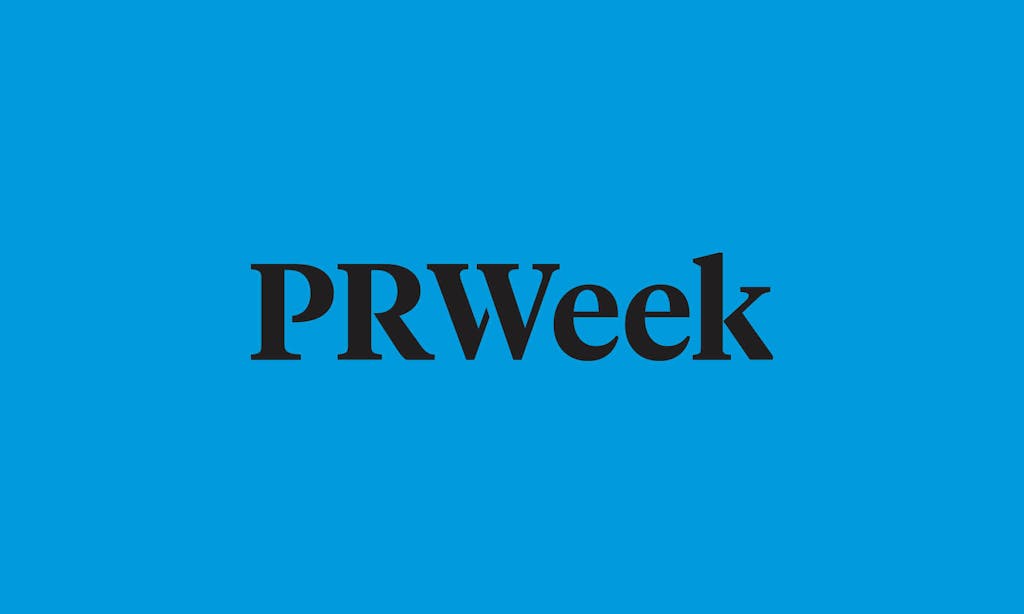Adapting to the New Era of Influencer Marketing

Perspectives
By Sara Robino and Joe Waite
2022 July 19
The following article was originally published in PRWeek.
The history of social media started with a follow. From Friendster to Facebook, the earliest networks promised to extend in-real-life (IRL) connections online to build community and bring people together. And so, followings — both in terms of size and quality — became the currency of social media. But rapid changes to the social landscape have reshaped the way we engage online, limiting our ability to reach our followers and upending the social economy. This shift is having a dramatic impact on influencer marketing and how brands connect with consumers.
Influencers have become a ubiquitous part of the social media experience and brands increasingly tap into their highly curated followings. But the continued erosion of organic reach and the rise of TikTok and copycat formats like Instagram Reels and YouTube Shorts have shifted the balance of power from followings to formulas. Algorithms now dictate our online consumption by displaying content based on what you love, not who you follow — a fact recently confirmed by Meta along with the report that users spend up to 20% of time watching Reels while on Instagram.
For influencers who have painstakingly built a following of fans and devotees, a paradigm shift of this magnitude represents an existential threat, one that they have little control over. For marketers, this is a call to adapt by rethinking your brand’s entire approach to influencer marketing.
Evolve with the influencer
Despite the doom and gloom, influencer marketing is not dead. But it absolutely has evolved. And while admittedly many influencers will be left behind, unable to adapt to new realities, others are already thriving in this environment.
By focusing their creative expressions on algorithmically based platforms and formats like TikTok, Instagram Reels and YouTube Shorts, influencers are extending their reach well beyond their followers, prioritizing discoverability over audience engagement. So purposeful is this shift that many of these individuals have shed the influencer title in favor of a new label: creators.
Already the most agile brands are recognizing the decline of the traditional influencer model and embracing influential creators — or creative influencers — who reach broader audiences through these algorithmically driven formats.
Think beyond the media buy
Under the traditional model, influencer marketing functioned more like a direct media buy in which brands paid to have products and messages amplified to curated audiences. Influencer programs were planned around the total potential reach of the partners (follower count) and the quality of their content (average engagement rate). As a result, performance and outcomes were relatively predictable. However, with success being increasingly determined by algorithms to earn visibility, the reach of a post is now far from guaranteed.
Case in point: The figure below compares the distribution of video views for follower-based formats (Instagram Videos) and algorithmically driven formats (Instagram Reels and TikTok) from a recent influencer partnership. While the average video views for Instagram Reels and TikTok are clearly greater than Instagram Videos, so is the variability, making forecasting outcomes considerably more difficult. Likewise, the distribution of Instagram Reels and TikTok is positively skewed, meaning video views are primarily being driven by a few exceptional posts and the majority of content is actually performing significantly below average.

The highly variable and skewed nature of discovery-driven content means marketers must change their current mindset when approaching creator programs. Consistency in performance is no longer realistic and therefore should not be a measure of success. In a world where a single post can generate mass awareness and engagement, marketers should embrace the boom-or-bust nature of algorithmically driven formats. In other words, when the probability of getting on base suddenly drops but the odds of hitting a homerun increase, you’d better swing for the fences. Here’s how marketers can create these optimal conditions:
- Prioritize creators who are outperforming their audience size
- Invest in multi-post partnerships to increase the chances of a post “going viral”
- Impose fewer creative constraints to avoid limiting performance potential
- Work with culturally savvy PR professionals who can identify the creators and creative that have the greatest chance of producing outsized results
Influencers will continue to play an important role in communicating directly to consumer audiences and building brand connections, but marketers who embrace and adapt to these changes will reap the greatest rewards.